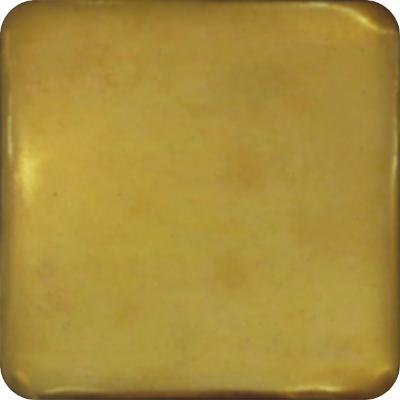Landeck Resistance Movement Widerstandsbewegung Landeck
by Otto Molden
On November 21, 1941, Stefan Zechner from Innsbruck, who had just returned from several years in prison, arrived in Landeck to consult with Josef Stockhammer Jr, around whom the activist Austrian elements in the area had gathered immediately after the German invasion, about future cooperation in the resistance movement.
This was the "founding day", so to speak, of the resistance movement in the entire Landeck district. Thanks to his great activity, Josef Stockhammer succeeds in winning over more and more important personalities in the district for closer cooperation. Dr. Vinzenz Pezzei takes over the deputy leadership of the entire district, Franz Hutter establishes contact with the farming community, and Roman Spiess tries to organize cells in the Reichsbahn. Confidants are smuggled into the Landeck mountain infantry barracks and Eudard Haueis from Strengen is appointed leader of the Stantzer-Paznaunertal, while Ferdinand Dellemann establishes contact with the functionaries of the former Social Democratic Party and the prisoners of war.
On April 1, 1943, a meeting was held with Anton Hradetzky in Landeck, at which cooperation with the "Wednesday Group" was agreed and which was followed by regular meetings with Anton Hradetzky in Landeck and Innsbruck. In April 1944, contact is made with Captain Lanzinger from the mountain infantry barracks for the purpose of organizing illegal cells within the troops, which results in permanent cooperation with officers of the 136th mountain infantry battalion. In May 1944, Stefan Zechner, the main military liaison officer in Innsbruck, gave the order to establish the closest possible cooperation with the leaders of the prisoner of war camps, whereupon the French prisoner of war Louis Glyn was appointed as the prisoners' representative.
At this time, the entire cultural-political situation in Austria and related political issues are discussed with lecturer Dr. Simon Moser and Dr. Sepp Mayr in order to outline the intellectual defensive position against the National Socialist cultural conference taking place in July.
In this way, Josef Stockhammer succeeded in establishing a widespread network throughout the district of Landeck, establishing connections to Innsbruck and the rest of Tyrol, to Vorarlberg, even as far as Vienna, and making contact with an ever-growing circle of politically and intellectually active opponents of the regime, often incorporating them into his organization. His house in Landeck increasingly became one of the active centers of resistance in the Upper Inn Valley.
Radomír Luža also reports on "Josef Stockhammer, who had set up a cell in Landeck and the surrounding valleys in November 1941. Stockhammer, a businessman and former Schuschnigg supporter, was sought out by Stefan Zechner and other activists from Innsbruck who also had links to the military. This cell grew in strength over the course of 1944, and Stockhammer made efforts to infiltrate the prisoner-of-war camps and the Mountain Infantry Replacement Battalion 136, which was stationed in Landeck."
Citations
- Luža, Radomír (1985): Der Widerstand in Österreich 1938–1945 (Wien), p. 279.
- Molden, Otto (1958): Der Ruf des Gewissens. Der österreichische Freiheitskampf 1938–1945 (Wien), p. 124/125.
1 Victims
